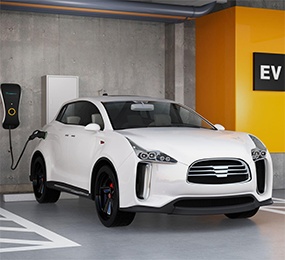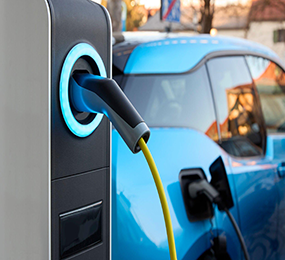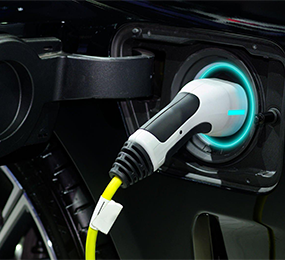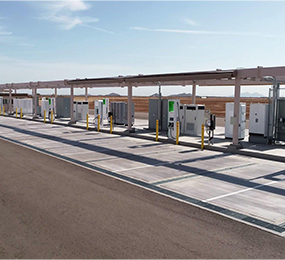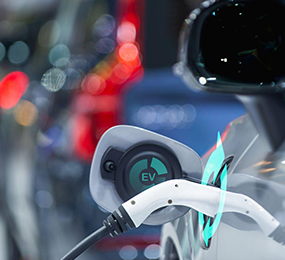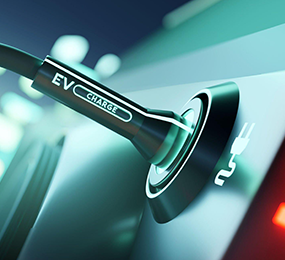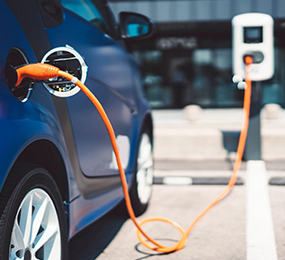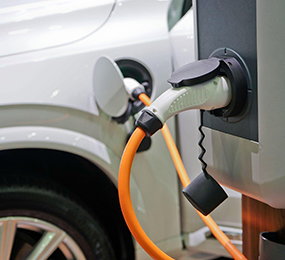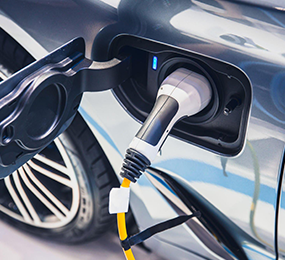Scaling Up EV Charging Infrastructure Throughout Europe
Technologies for Vehicle Charging
1. Uptake of a charging infrastructure standard is intended to improve user experience, expedite EV adoption, and boost charger use.
2. Various charging infrastructure hardware was used on both the car and charging port sides, resulting in interoperability issues.
3. There are three kinds of EV charging (Level 1, Level 2, and DC), with the majority of household charging stations being Level 1 or Level 2.
4. Regrettably, there is no common DC fast charging port, with European and certain Asian vehicle manufacturers adopting the mixed charging system (CCS) standard and Tesla employing its own proprietary charging method.
5. Tesla allows consumers to purchase extra charging adaptors which let their vehicles to connect to various connections.
EV Charging Infrastructure Obstacles and Challenges
In the absence of favorable government rules, both charging stations site hosts and charging providers have a tough business case for infrastructure installation.
There are typical roadblocks (largely facing drivers who do not have access to home charging). Business and policy obstacles include lengthy and costly permission processes, as well as high capital expenditures, which can affect the growth and deployment of new charging stations, particularly DC fast charging stations. There is a general lack of demand and readiness to purchase for EV charging (largely from drivers who have access to home charging). Consumer experience difficulties, such as a lack of standards, interoperability issues, and device failures, are widespread.
Strategies for Investing Heavily and Improving Charging Infrastructure Economics
To unlock utility investments, state and national legislation must give guidance for utilities to participate in EV initiatives, including charging infrastructure. Utilities are increasingly recognizing the advantages to their bottom lines and consumers of expanding energy sales and improving grid efficiency through vehicle-grid connectivity. EV integration can also enable for more renewable energy to enter the grid, assisting utilities in meeting renewable procurement objectives while also providing nonmonetary advantages such as energy security, social and environmental benefits.
Strategies for improving the economics of charging station service providers include raising income, lowering capital and operating expenses, boosting usage, collecting alternative revenue streams through marketing or site-host exchange fees, and strengthening regulatory certainty. Many of these characteristics are influenced by utility programs as well as government legislation.
A coalition of organizations, including environmental groups, consumer advocates, organized labor, charging infrastructure suppliers, and automakers, is advocating for a change in utility business models in which utilities cover the installation and costs of "make-ready" infrastructure, such as distribution system upgrades, wiring, tunneling, conduits, and improvements on the utility side of the meter, up to a maximum cap level, as a matter of course. Customers will be able to focus solely on the cabling from the meters to the infrastructures site, as well as the price of the EV’s supply equipment (EVSE) and installation.
By implementing EV infrastructure incentive schemes, government organizations may play a significant role in promoting widespread EV adoption. These policies can reduce capital costs, allow lower financing to charging service providers, mandate car manufacturers to sell EVs, and create EV-ready building rules.
Government agencies are also important in promoting cooperation among many players, including state and municipal governments, as well as funding public outreach and education.
Sources of Funding for Charging Infrastructure
a. Government investments in charging infrastructure development have been significant, particularly through state-owned utilities and national and municipal incentive programs and laws.
b. Governments and politicians have gradually opened the market to allow for greater private investment in charging infrastructure, resulting in a rise in the number of charging station providers as well as total investment levels.
c. National guidelines have aided in the development and promotion of the existing charging infrastructure ecosystem. Schemes like as incentive subsidies for charging stations, EV charging fee projects, and cooperation models amongst property management companies at apartment buildings have all contributed to enhance charging facility functioning.
d. Many local administrations have implemented initiatives that supplement national guidelines. Local programs and incentives are dependent on project criteria like as total investment, charging point power capacity, or set sums.
e. Utilities have invested much in charging infrastructure, primarily in accordance with government mandates. The utility investments are done through one separate EV infrastructure business or from corporations' social responsibility budgets. To connect cities, utilities have constructed a based on inter network of charging stations.
f. As an appealing commercial opportunity, utilities are increasingly keen to make investments in EV infrastructure. They were among the first to establish charging stations and provide charging services, and utilities have begun to modify their grids to enable charging technology.
g. Automobile manufacturers and energy firms are expanding in purchases and joint ventures. Private investments are assisting in filling the gap in non-highway public and commercial charging infrastructure.
Visit our website to know more: https://bit.ly/3W0umUp
For more information and group participation, contact us: [email protected]
Leadvent Group - Industry Leading Events for Business Leaders!


